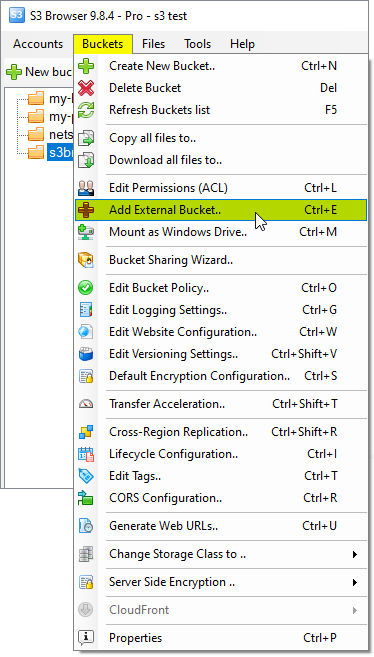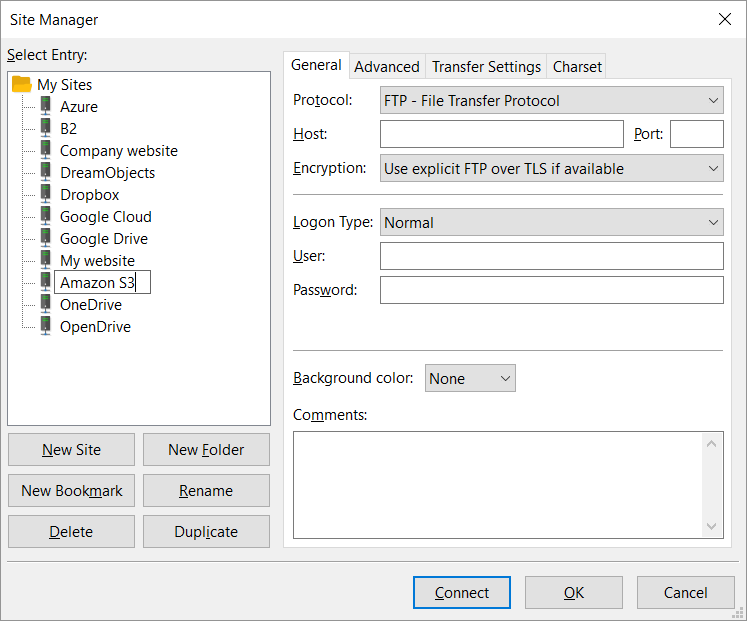


bucket/ key (where bucket is a DNS CNAME record pointing to bucket.s3.)./key (where the filetransfer exits Amazons network at the last possible moment so as to give the fastest possible transfer speed and lowest latency).key (if static website hosting is enabled on the bucket) bucket/ key (for requests using IPv4 or IPv6) bucket/ key (for a bucket created in the US East (N.In other words, unique access controls cannot be associated with individual files.īucket names and keys are chosen so that objects are addressable using HTTP URLs: Since buckets are typically the size of an entire file system mount in other systems, this access control scheme is very coarse-grained. Requests are authorized using an access control list associated with each object bucket and support versioning which is disabled by default. Additionally, objects can be downloaded using the HTTP GET interface and the BitTorrent protocol. Objects can be managed using the AWS SDK or with the Amazon S3 REST API and can be up to five terabytes in size with two kilobytes of metadata. Buckets can be managed using either the console provided by Amazon S3, programmatically using the AWS SDK, or with the Amazon S3 REST application programming interface (API). Each object is identified by a unique, user-assigned key. The basic storage units of Amazon S3 are objects which are organized into buckets. Although Amazon Web Services (AWS) does not publicly provide the details of S3's technical design, Amazon S3 manages data with an object storage architecture which aims to provide scalability, high availability, and low latency with 99.999999999% durability and between 99.95% to 99.99% availability (though there is no service-level agreement for durability).


 0 kommentar(er)
0 kommentar(er)
